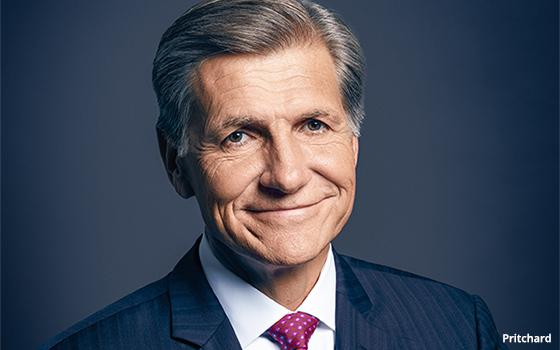
Building on his long-time push for major flexibility
and changes for the TV upfront ad market, Marc Pritchard, chief brand officer of Procter & Gamble, called on the industry to abandon traditional TV audience guarantees and instead focus on better
ways to synchronize supply and demand.
“We negotiate ‘audience guarantees’ so we can get ‘makegoods’ when the audience forecast inevitably falls
short -- because the one thing we know for sure is that the audience forecast is wrong,” says Pritchard, in remarks delivered at the ANA Media conference on Thursday.“This is incredibly inefficient. Do we buy anything else this way? The only thing I can think of is toilet paper during the pandemic -- buy as much as possible from as many stores as
you can because you can’t predict how long you might be stuck at home.”
advertisement
advertisement
He adds: “At least with toilet paper, you can never have too much – especially
Charmin. But too many ads can lead to a terrible consumer experience -- because far too many programs get loaded up with the same ads over and over and over again.”
Pritchard believes there should be better synchronization in matching ad supply and viewer demand. With more and more retailers offering to sell media, for example, he believes there should
be an overall push is to “connect media directly to commerce.”
“Could we ever eliminate the need for audience guarantees, which are inherently inefficient?..
This is a call for innovation in media buying and placement -- because it’s time to find a better way. P&G commits to work with broadcasters to develop and test approaches that will
eliminate the current system.”
Pritchard also talked up expanding multicultural media inventory by co-developing programming content. For example, he says “media
inventory for black-owned media companies represents less than 1% of total TV and digital media inventory and about 3% of total radio media inventory – that’s not enough.”
He adds that In two years, P&G has doubled its spending in this area. “And we intend to double again…and then double again.”